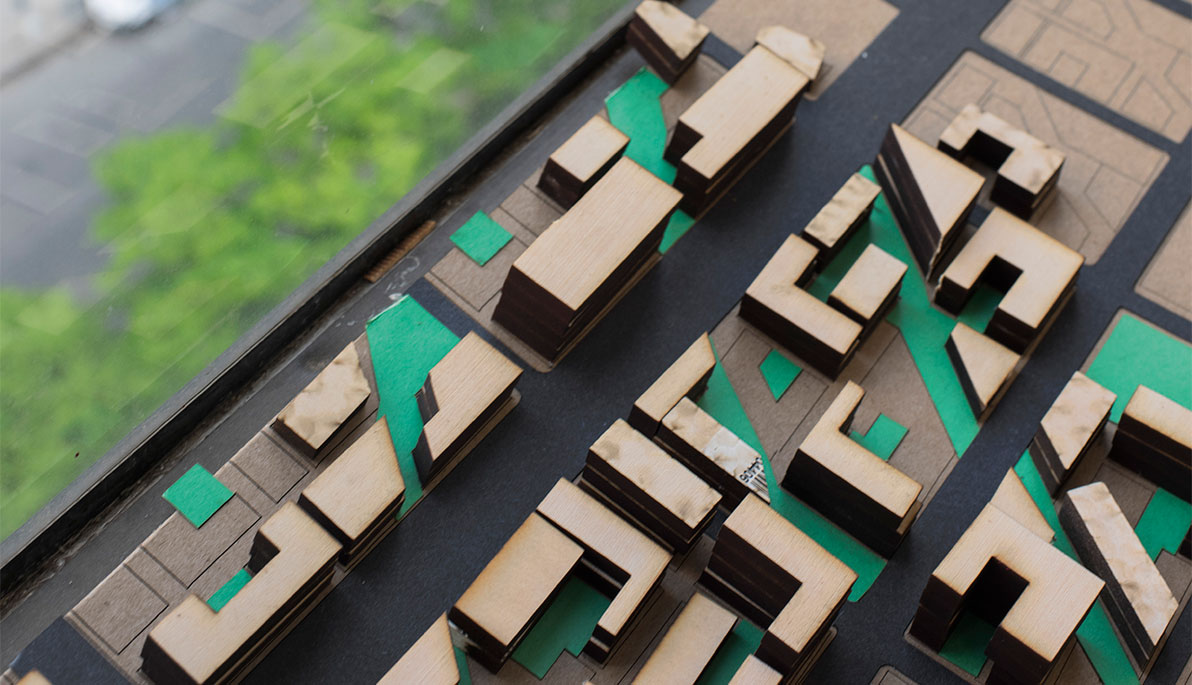News
The Sustainable City: Shaping Resilient Communities for the 21st Century
March 9, 2015
Jeffrey Raven, FAIA, LEED BD + C, associate professor and director of the School of Architecture and Design's graduate program in urban and regional design, gave the presentation, "The Sustainable City: Shaping Resilient Communities for the 21st Century," at the spring 2015 Provost Discovery Luncheon at NYIT's Old Westbury campus. The American Institute of Architects also recently elected Raven to its prestigious College of Fellows, an honor that recognizes his efforts to create sustainable urban design, apply it in professional practice, and disseminate his knowledge through academic and research initiatives. Following are three highlights of his projects around the world:
NYIT URBAN CLIMATE LAB DESIGN STUDIO
Launched by Raven in spring 2014, NYIT's Urban Climate Lab design studio investigates adaptive mitigation strategies that seamlessly build sustainable infrastructure into urban footprints. Students of the graduate program in urban and regional design train for a design profession confronted by a rapidly urbanizing world threatened by potentially catastrophic global warming. The work depicting the layers of a city shows students' ideas for climate-responsive design that maximizes solar energy for districts in Brooklyn, N.Y.
SUSTAINABLE DESIGN IN INDIA
Raven was urban design lead on an international team charged with envisioning a sustainable plan for new regional settlements around Calcutta, India, an initiative done as part of an earlier project involving his private architecture practice RAVEN A+U. His urban design energy model accounts for solar impacts and natural ventilation benefits. An important challenge was configuring a compact development pattern to respond simultaneously to strong winds, flood risks, and high temperatures and humidity. The specific features of Raven's model include solar design to capture energy generation without heat, green infrastructure, and urban ventilation during hot months.
RECONFIGURING A HISTORIC CENTER IN VIETNAM
In his past role as director of sustainability and urban design at Louis Berger Group, an international planning and design firm, Raven developed the strategic plan for a provincial capital in Northern Vietnam. His adaptive mitigation strategies included reconceiving the historic center and citadel as a dense, walkable district; configuring low-impact waterfront development neighborhoods; and connecting growth zones with green infrastructure.
His research illustrates how urban ventilation, solar orientation, and green infrastructure shape the plan. The image's green and blue "fingers" show summer breezes blowing through the area that encourage natural cooling and stormwater retention. Canals and connected green corridors align with the prevailing breezes, and compact districts cluster around a network of sustainable urban drainage system retention ponds.




